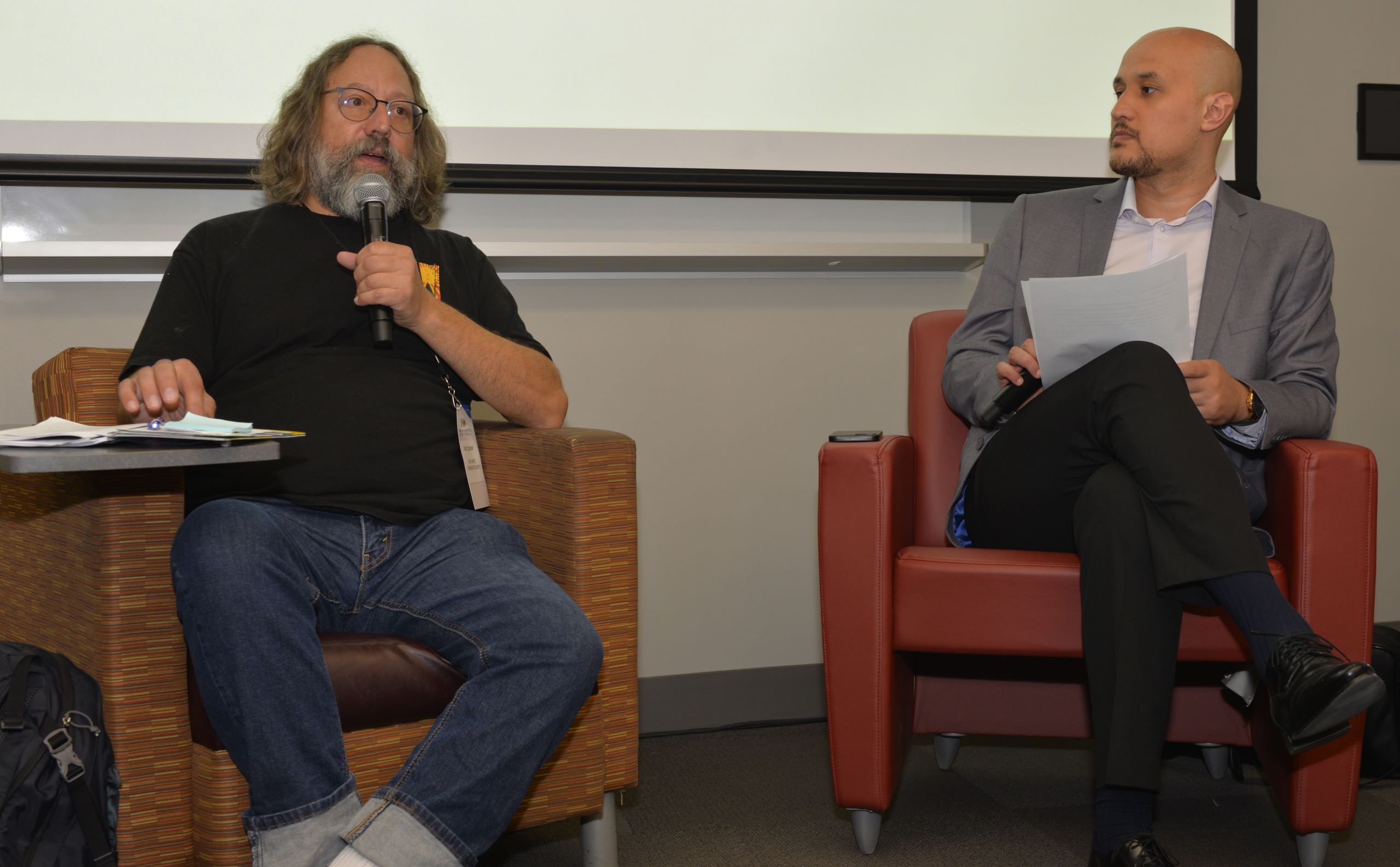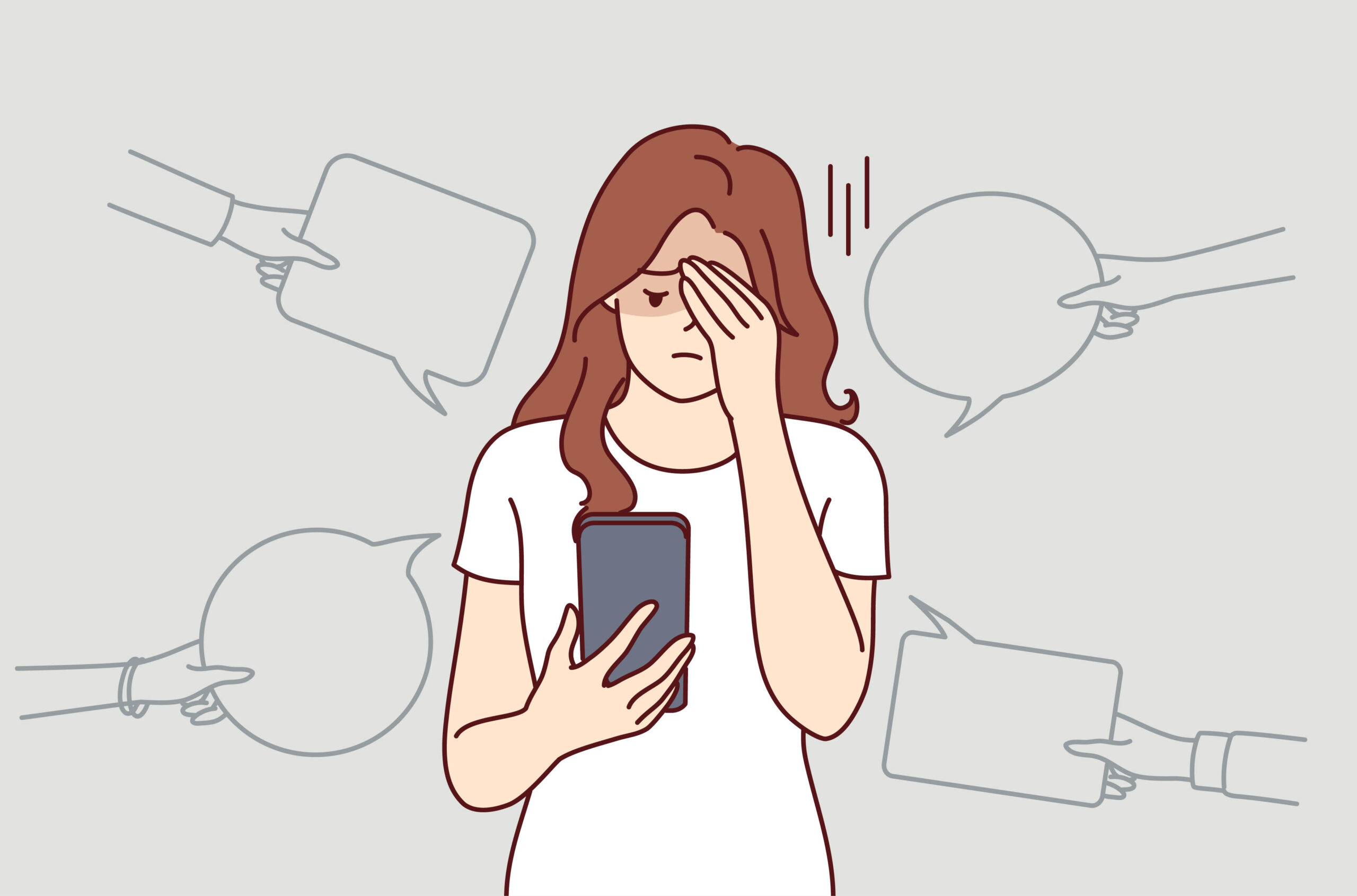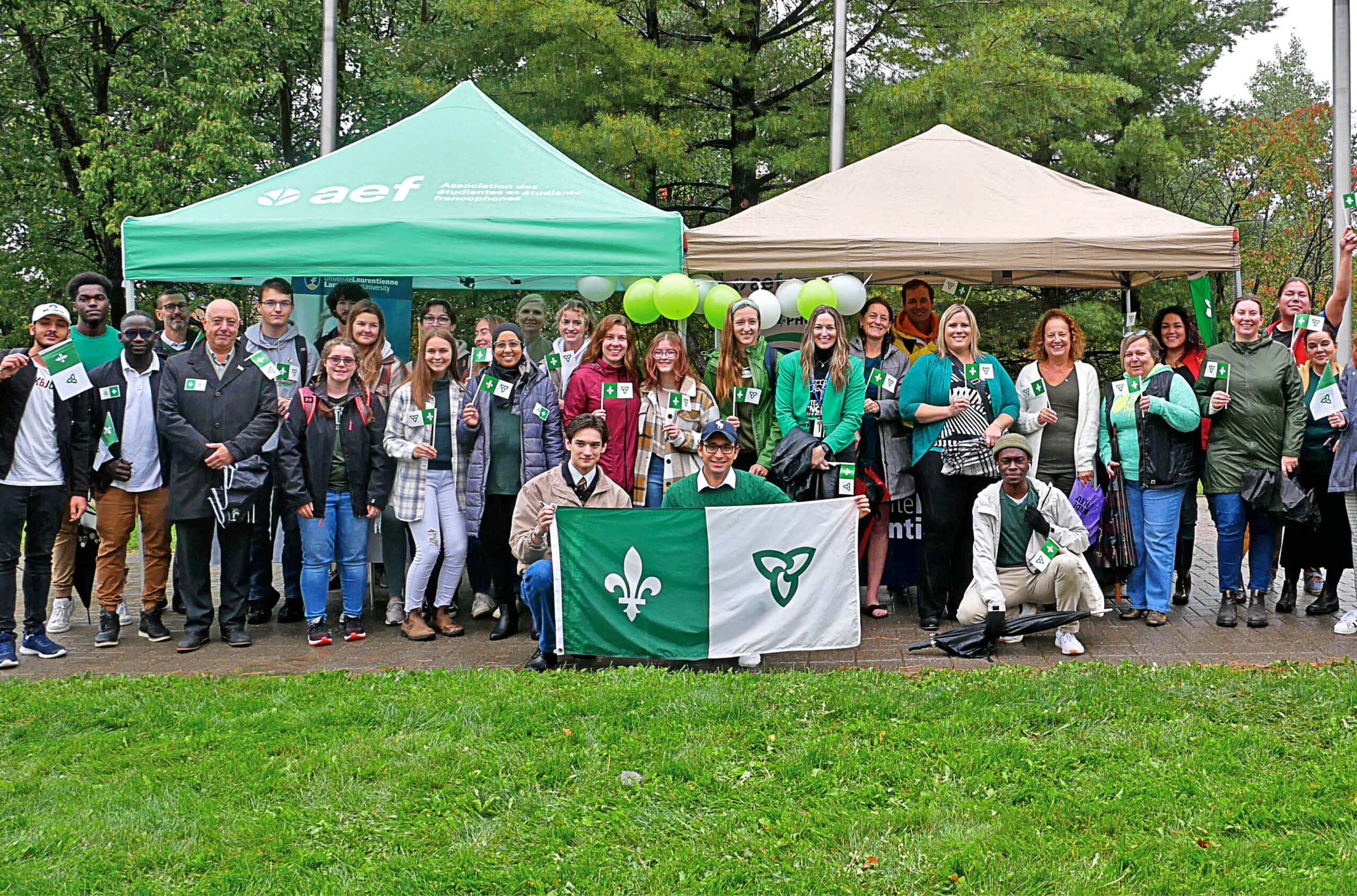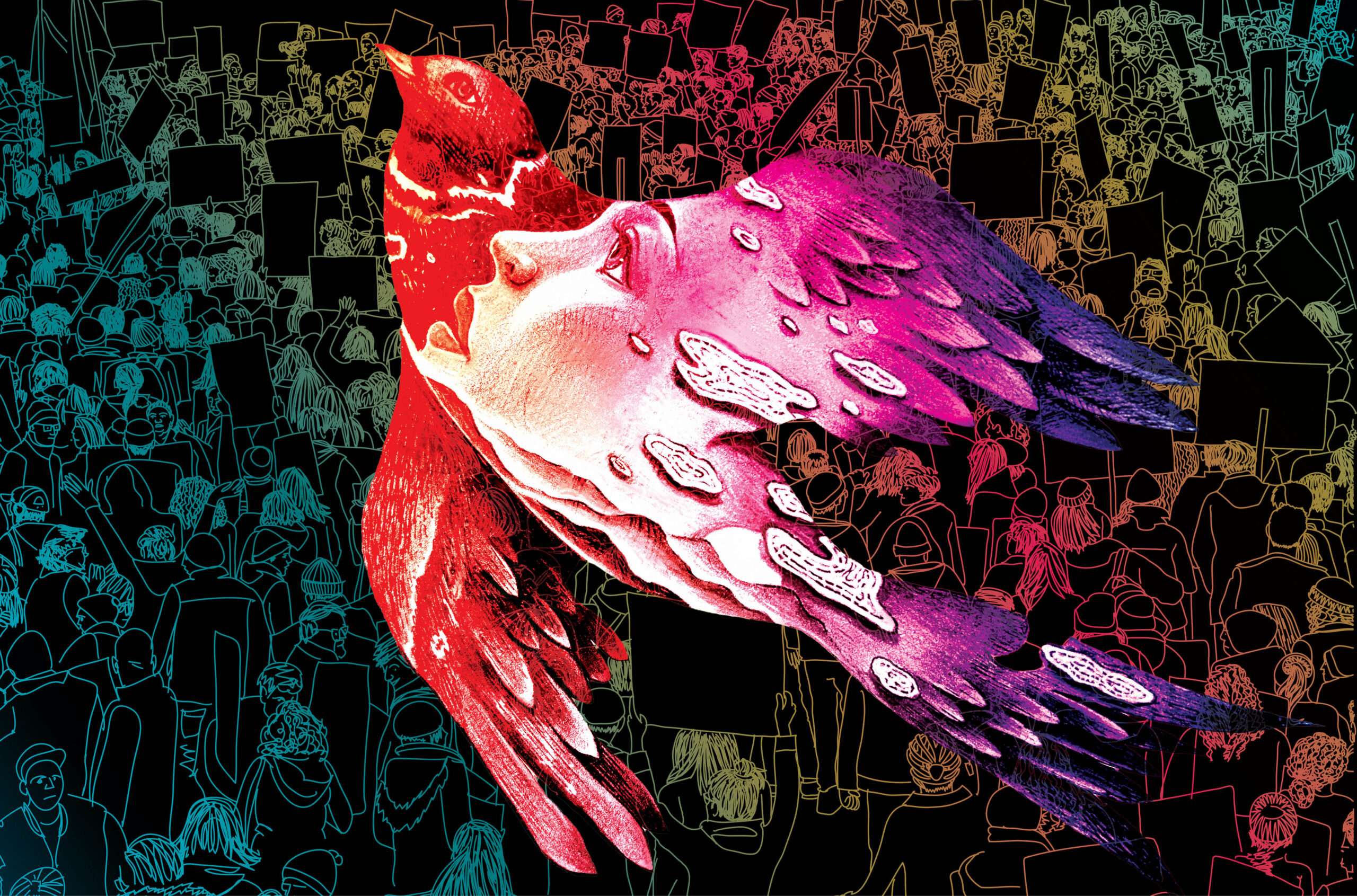Libraries publish free colouring books curated from their collections
More than 114 institutions participated in the U.S.-based #ColorOurCollections campaign from February 4 to 8.

Preliminary research has shown colouring can help lessen anxiety and depression, improve mood, strengthen resolve and reduce screen time. Not only are colouring books an inexpensive self-help tool – and a boon to the commercial publishing industry – it turns out, they’re also a great way to promote library collections.
That’s the idea behind #ColorOurCollections, a week-long social media celebration of library and archive collections that takes place every year in February. The event was formally launched in 2016 by the New York Academy of Medicine. This year, more than 114 institutions from around the world posted books to the campaign website. The colouring pages are free to download and print, with users encouraged to share their masterpieces over social media using the hashtag #ColorOurCollections.
At McGill University, librarians curated a six-page colouring book that features a map of New Orleans circa 1744, a whimsical anatomy illustration of the human torso, and woodcuts of various breeds of corn. The University of Calgary book includes an architectural rendering of Calgary’s Victoria Park from 1913 and an illustration from the 1922 novel The Voyages of Doctor Doolittle. Bibliothèque et Archives nationales du Québec mostly focused on winter sports, fashion and theatre programs from the late-19th and early-20th centuries for their contribution, while the University of Waterloo paid homage to the late Kitchener-Waterloo photographer Charles Belair.
No need to stay inside the lines of our #ColorOurCollections colouring book! https://t.co/IPtDrRCd6Q #mcgillrarebooks @McGill_ROAAr pic.twitter.com/vn7gQ3K3kO
— McGill Library (@McGillLib) February 7, 2019
Staff at the University of British Columbia have also opted to curate their books under a theme. Last year, they digitized 26 illustrations from the Works of Geoffrey Chaucer, a limited-run manuscript published in 1896 by William Morris’s Kelmscott Press, and bundled them in a specially branded digital colouring book – complete with replica book covers and bookplate. This year, library communications, rare books and special collections staff collaborated on a collection called Mythical Creatures.
Susan E. Parker, UBC’s university librarian, says they drew inspiration for the book from a previous partnership between with the Vancouver Symphony Orchestra. During the 2017-18 season, the library mounted an exhibition from its collection of first-edition Harry Potter books to accompany the symphony’s series of live performances of the Harry Potter film soundtracks. “People were so excited and started putting up social media posts with illustrations from that exhibition,” she said.
They decided to comb through early zoology texts from UBC’s William C. Gibson History of Medicine and Science Collection looking for creatures that could exist in J.K. Rowling’s Potterverse. They came away with colouring pages featuring 17th-century illustrations of unicorns, basilisks, dragons, and multi-headed monsters.
Ms. Parker says the colouring books are a great way to “show off” the library’s collections, but are also a valuable point of entry for students and staff who might otherwise be intimidated by archives. “It’s really a labour of love to get these collections out in a way that people can relate to and enjoy,” she says. “We’re just lowering the barrier [to entry] and welcoming more people into it.”
And the effort seems to be paying off. UBC library reported 1,750 total downloads of Mythical Creatures From February 4- 21.
Featured Jobs
- Canada Excellence Research Chair in Computational Social Science, AI, and Democracy (Associate or Full Professor)McGill University
- Business – Lecturer or Assistant Professor, 2-year term (Strategic Management) McMaster University
- Psychology - Assistant Professor (Speech-Language Pathology)University of Victoria
- Veterinary Medicine - Faculty Position (Large Animal Internal Medicine) University of Saskatchewan














Post a comment
University Affairs moderates all comments according to the following guidelines. If approved, comments generally appear within one business day. We may republish particularly insightful remarks in our print edition or elsewhere.